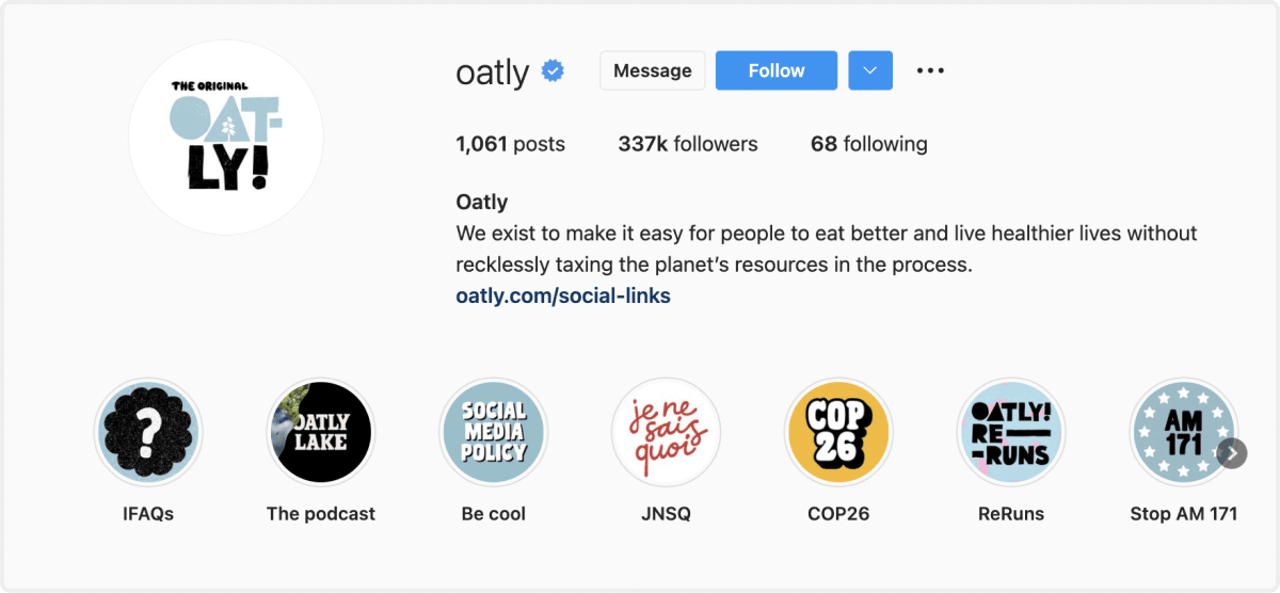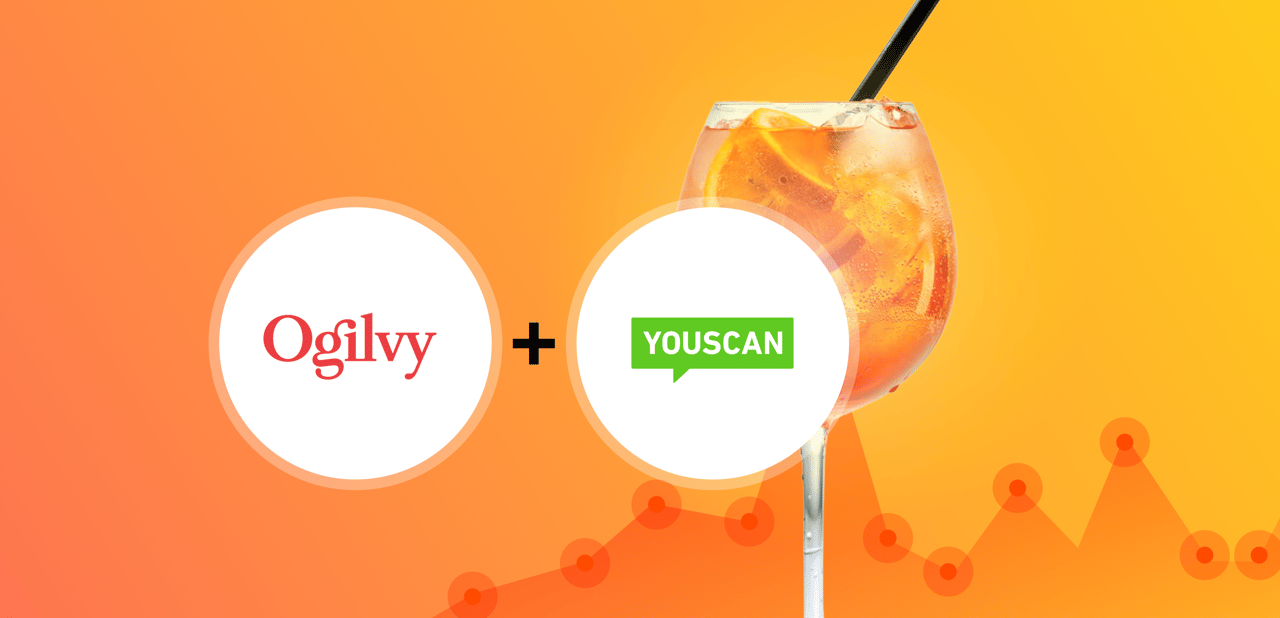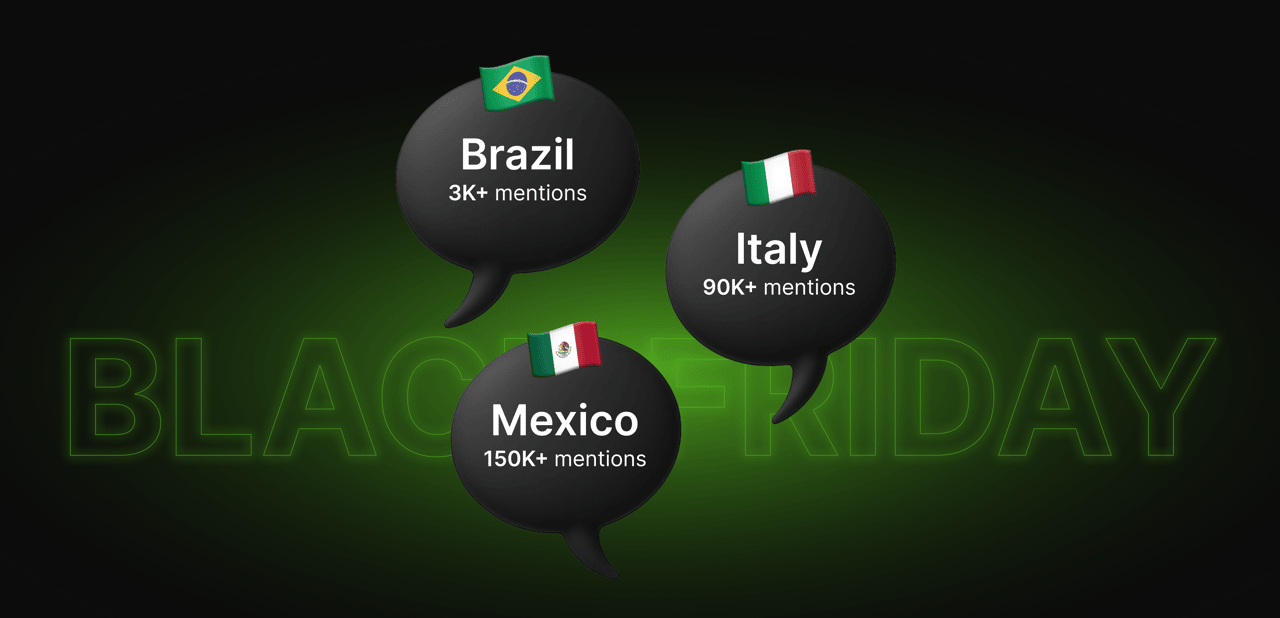Put your brand into the picture: 3 steps to boost brand awareness
.png)
Running an online business would be much easier if there was no competition. Since that’s not the case, though, companies have to keep coming up with efficient ways of spreading the word about their brand and the products that stand behind it. All the hard work you put into building a brand won’t matter if you don’t tell the world about it. In this article, we will focus on three relatively easy steps on your way to better brand awareness and - you guessed it - more sales for your brand.
What is brand awareness?
Let's start with the brand awareness definition. It's a term that describes how well your potential customer knows your products and remembers them when they see your brand name.
It can be broken down into 2 parts: brand recall and brand recognition. Here’s the difference:
Brand recall (a.k.a. unaided recall) is when a person can remember a brand if they think about a certain product category. For example, if we ask someone about a soft drink, many people will mention Coca-Cola or Pepsi. If we ask people about streaming services, we will hear Disney + and Netflix. As a rule, a person can name 3-5 brands off the top of their heads. If yours is one of them, it’s great.
Brand recognition (a.k.a. aided recall) is when a customer confirms that they have seen (or heard of) your product before. For example, the iconic square hamburgers will most likely make people remember the White Castle restaurants. People who recognize your product may not name your brand right away - and it’s okay. They might just remember the brand colors, packaging, or the amazing customer service experience they had last time they shopped with you. It all counts.


Brand awareness isn’t just a vanity metric - it is a way to grow your business. The better your customer knows your brand, the easier it is to make a sale, get loyal customers and even turn them into brand advocates.
How to increase brand awareness: 3 steps
Before you go ahead and boost brand awareness, you (obviously) need to create your brand. It’s a tricky, lengthy process that requires you to decide how you want your customers to see your business. A brand isn’t just a name or a logo - it’s a combination of visuals, ideas, and feelings that set you apart from your competitors.
Whatever you do next, you have to keep your brand in mind. Remember that all the messages you send to your target audience must align with your brand values. Want to be associated with younger people? Speak their language. Building an image of a family business? Appeal to the warm feelings only a family can give. Stay consistent and try to get as much feedback as you can.
Once you know who you are as a company and what you represent, it’s time to spread the word. Here are some of the steps you can take:
Step 1. Set up prospecting ads
“If you build it, they will come” approach worked well in a movie, but it is not efficient in business. The first thing you need to take care of is making your brand and products easy to discover.
Word of mouth will only bring you a handful of customers. Search engine optimization works, but takes time to set up and take effect. If you need to get a steady flow of potential customers, you need to promote your business in the places where they go most - social media and Google. Which targeting option is best for achieving brand awareness, you might ask? Start by running prospecting ads.
What is prospecting?


Prospecting ads (a.k.a. customer acquisition) is a type of campaign that focuses on large groups of your potential customers based on their age, location, interests, and behavior.
Depending on the ad setup, you can promote anywhere from 1 to 50 products in a single ad. The ads can feature text, high-quality product images, animations, videos, and even a mini-store with your products or services right inside the Facebook app if you go for Instant Experience.
What can I promote with prospecting ads?
Prospecting ads may be the first time a customer ever hears about your brand, so you want to put your best foot forward. You can:
showcase your best-selling product(s)
share your brand creation story
show a photo or a video of someone using your product
share a piece of educational content like a “How-to” video
How much can prospecting ads cost?
Prospecting ads aren’t free, but you can run them with a small budget. If you go for ads on Facebook and Instagram, you will need to start with at least $150/month. You can increase the ad spend once you see a good return on ad spend - at least 300%. If you don’t see a positive result, you may want to review your targeting and ad creatives.
How do I get started with prospecting?


Depending on your previous experience, setting up prospecting ads on Facebook can take you anywhere from a few hours to a day. To create an ad, you can go to Ads Manager inside your Facebook Business Manager - both these assets can be created for free. Don’t forget to create a Facebook page, too - it will be featured in all the ads you run.
If you don’t have time for ad creation - or would rather trust your ads to experts for any other reason - you can go for an online ad solution. For example, Adwisely, an ad automation platform, helps create and manage efficient prospecting ads for eCommerce stores. They offer a 14-day free trial for all new users, so you can see if their service is right for your business.
Step 2. Work with influencers
We often want the things other people have, so it’s not surprising that there are people who earn their living by making things desirable for others.
You can love the influencers or hate them, but one thing remains certain - influencers can be helpful when it comes to brand awareness campaign promoting your brand to new audiences and earning much-needed social proof.
Who are influencers?
Influencers are people with a large following on social media who can use the trust they earned to influence (hence the name) purchasing decisions of their followers. As a rule, influencers are either experts in their niche (think fashionistas or coaches) or people whose occupations let them produce share worthy content (like travelers or food bloggers). Influencers can directly or indirectly promote a product or a whole brand.
Some influencers do one-post deals, while others prefer to sign a long-term contract. Some will openly state that they are advertising a product, while others will make it look like a sincere personal recommendation.
What can influencers do for my business?
Prospecting ads may be the first time a customer ever hears about your brand, so it's crucial to make this acquaintance as informative as possible. You can:
mention your brand or product;
show how they use your product in a photo or a video;
make a tutorial with your product;
hold a giveaway with your product as a prize.
How much can influencers charge?
Influencers are more flexible than mainstream media and are easier to work with than online ad platforms.
The flexibility is well-reflected in the rates: nano-influencers - people with 1k-10k followers, can charge you up to $100/post. Micro-influencers - these guys can boast 10k-100k subscribers - can ask for anywhere between $100 and $500. If you want your product to be promoted to bigger audiences, expect to invest up to $5k/post.
It is important to remember that this is an investment - and the expected returns are to be discussed before you pay.
How do I get started with influencers?
When you choose an influencer, it’s crucial to check if their target audience matches yours. Raising brand awareness only makes sense if it can be converted into sales later.
The easiest way to get started is to go through your own social media feed. Think of the people you look up to, check out their follower count and try reaching out to them with a cooperation offer.
To save time, you can use the services of a platform that connects businesses with influencers - for example, you can use Fiverr to search by yourself or let Heepsy look for them for you. You can also search for the social media users who've already mentioned your brand. Some might be niche content creators, while others might have a massive follower base. For example, YouScan allows detecting influencers and brand promoters in just a few clicks.
Step 3. Set up social media listening
Last but not least, start listening to your audience on social networks. With social listening, you'll be able to know exactly what your prospects and customers are saying about your brand and its products online. Not only you can grasp the major pain points or demands but also validate your strengths and apply this data in the marketing and communication strategy. What's the big deal about it?
Suppose you highlight the design of your product in the brand awareness campaigns, but the results do not appear to be satisfactory. Meanwhile, it may turn out that, the design is the least valued aspect of your product, while its usability or availability are more important to customers. Using this knowledge in your advertisements and promotional campaigns will improve results, increase brand awareness, and, most importantly, create a distinct brand image.
For example, Oatly, a firm that makes plant-based dairy alternatives, promises that it makes it simple for people to eat better and live healthier lives.


Meanwhile, if we look at the most talked-about aspect of this brand, we can see that most consumers do not take this statement seriously and believe that the contest and health effects are not as good as the company claims. In such a case, the corporation should change the ingredients. Otherwise, it risks losing customers who trusted advertisements but were unhappy with the product they received.
.png)
.png)
Launching engaging promotional campaigns is another effective strategy to raise awareness. Marketers can use YouScan, a social listening platform powered by image recognition, to identify which visual attributes generate the most engagement. Patagonia, for example, is an outdoor clothing brand, and you may think that photos of nature would be best to sell it.
.png)
.png)
Nonetheless, when analyzing visual mentions, we discovered that musicians on images generate a significant level of interaction. As a result, the brand may launch a collaboration with a music band to reach new audiences.
-1651155058.png)
-1651155058.png)
Conclusion
Sure, brand awareness isn’t the only thing you should focus on. However, if you don’t pay much attention to it, any other business activity may not have much sense. No matter how you decide to promote your brand, remember that it’s not as complicated as it looks - and it’s worth every minute of your time. You are not alone on your journey to brand awareness - services like Adwisely and YouScan will help you establish the image your brand deserves and all the sales that come with it.



